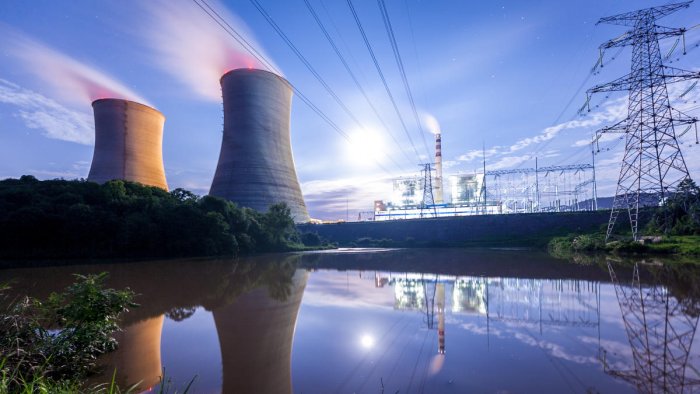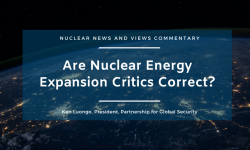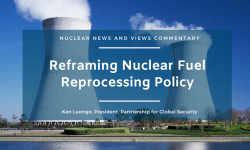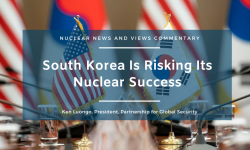It has been a long time since anyone believed that Washington D.C. was America’s hub of innovation and public policy creativity, but it has remained a place where national security matters. Unfortunately, as the parameters of American national security continue to cycle through a rapid evolution, our political leaders are too divided to clearly focus on the new challenges. This point is driven home in detail in a new book about a resurgent Cold War with Russia and China.
Energy and technology are now driving an interrelated series of new challenges. And America’s global leadership is being systematically threatened, eroded, and intentionally ceded. A critical convergence of new issues revolves around low carbon energy. It is vital for addressing climate change, maintaining international influence, and strengthening global security.
But, the political debate on how to achieve a carbon-free future is just not serious. This despite the fact that the steadily increasing concentration of carbon dioxide in the Earth’s atmosphere was last seen 3 million years ago.
The administration doesn’t want to acknowledge the climate problem and the Democrats have put forth green plans that may satisfy some of their voters but are controversial and perhaps ineffective. Just the mention of a balanced climate policy that includes fossil fuel carbon capture and nuclear power creates a wicked backlash despite the fact that both are part of a realistic solution set.
The problem doesn’t just exist at the federal level. Last week, the state of Pennsylvania threw in the towel on the remaining nuclear reactor at Three Mile Island despite the fact that it accounts for more carbon free energy than all the combined renewable energy sources in the state. It along with other reactors was being considered under zero-carbon energy legislation that would have propped up profitability. Similar legislation has passed in Illinois, New York, Connecticut and New Jersey as part of their zero-carbon objectives. Natural gas will substitute for the carbon free energy now lost to Pennsylvania.
Internationally, America’s competitors for global influence are reveling in the decline of its nuclear capacity. And, domestically, the Congress is making their job easier because of extreme skepticism of the administration and anger at Saudi Arabia. Legislation has been introduced to restrict the use of State Department funds to support the sale of nuclear technology to Saudi Arabia and to require a reporting to Congress on every application for nuclear export under Part 810 dating back to the Spring of 2015. Part 810 applications are needed to even begin discussion on nuclear technology with another country. They do not allow for the sale of nuclear materials or building of reactors. That is provided for under a nuclear cooperation agreement that must be submitted for congressional review.
Further complicating the situation is an extremely counterproductive fight between the U.S. and South Korea on whether a new version of the Korean APR-1400 nuclear reactor still contains American intellectual property and componentry. At stake is whether that reactor is subject to U.S. export laws. In an environment where it is estimated that Russia and China already have 60% of the global nuclear market, driving a wedge between two key nuclear export allies is politically, economically, and geo-strategically suicidal. Yet, the conflict has been dragging on since last year with no solution in sight.
There is a global leadership vacuum in the changing global security environment. The challenge from China and Russia is real and multifaceted. Key existential dangers like climate change and nuclear security are growing worse. These issues are deeply interrelated. But you would never know it if you looked for the innovative policies that are required to meet these realities.
Kenneth Luongo, President, Partnership for Global Security






